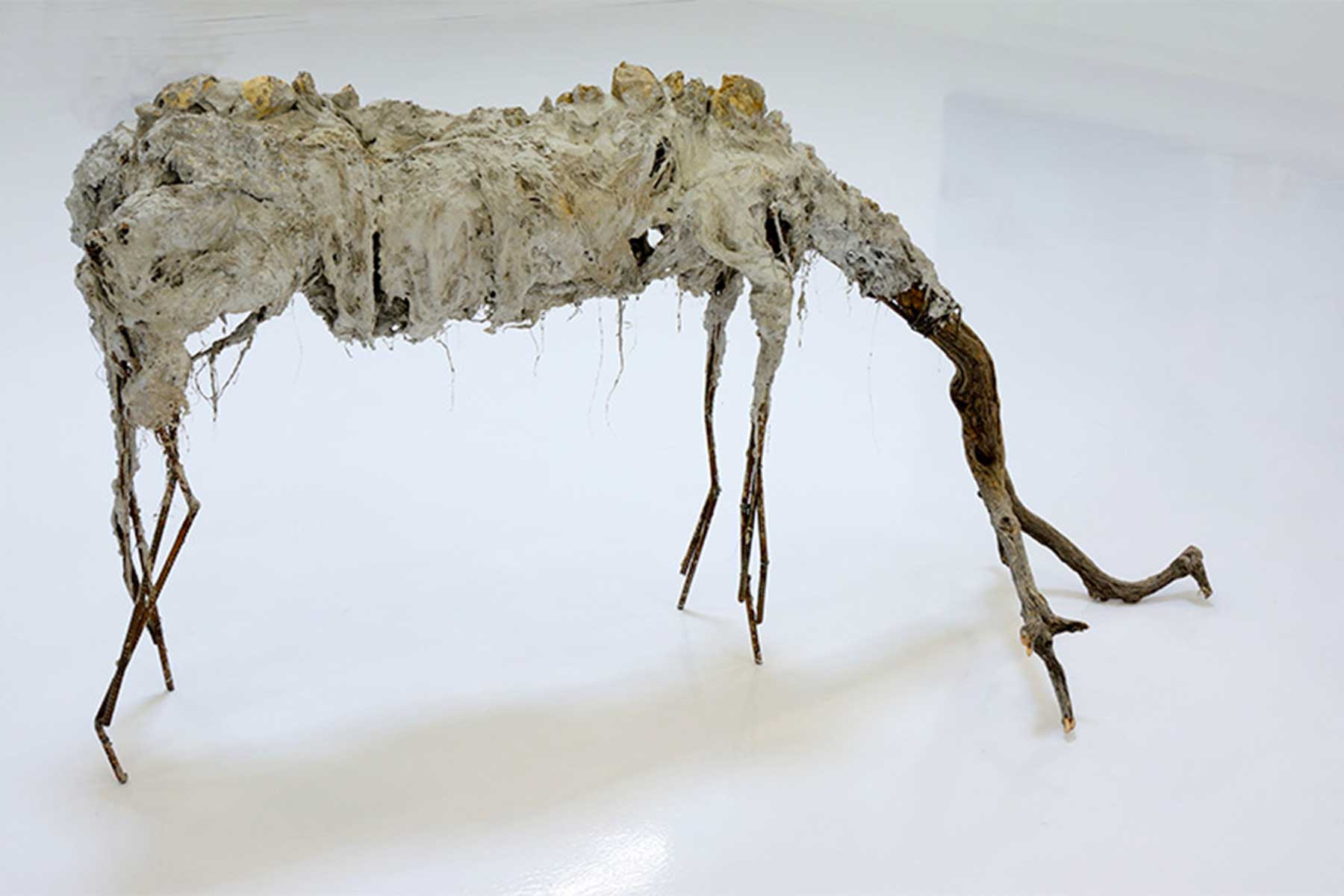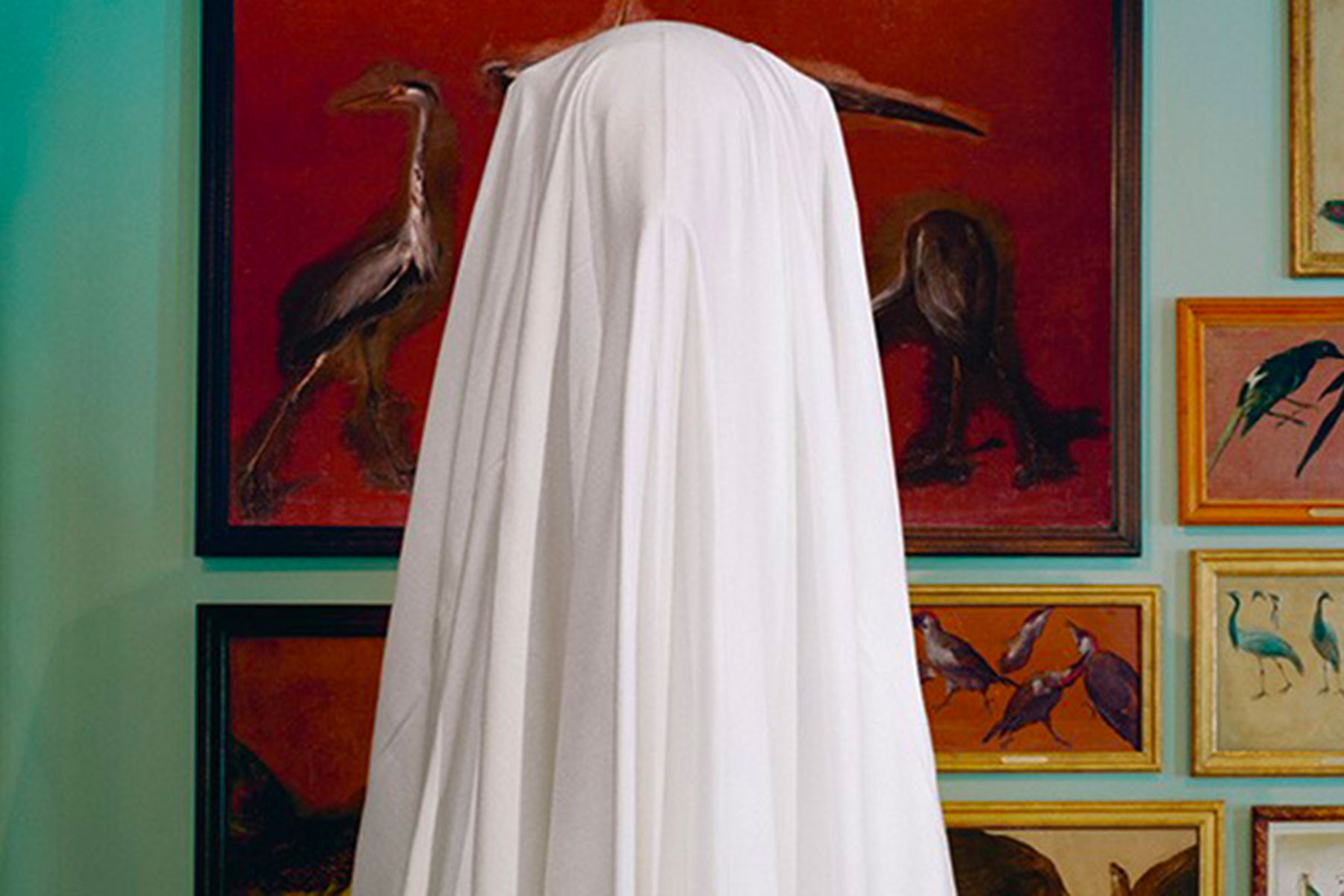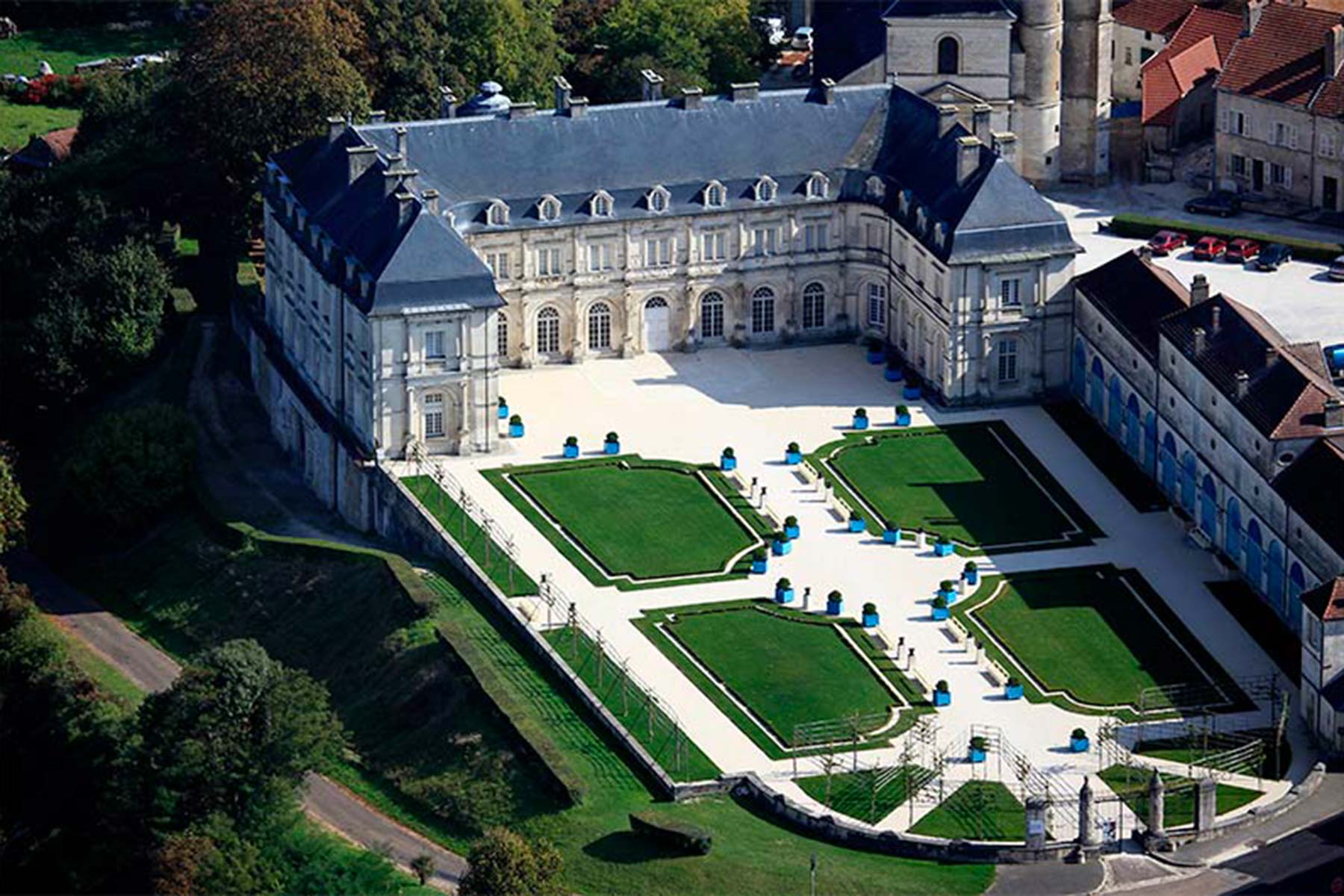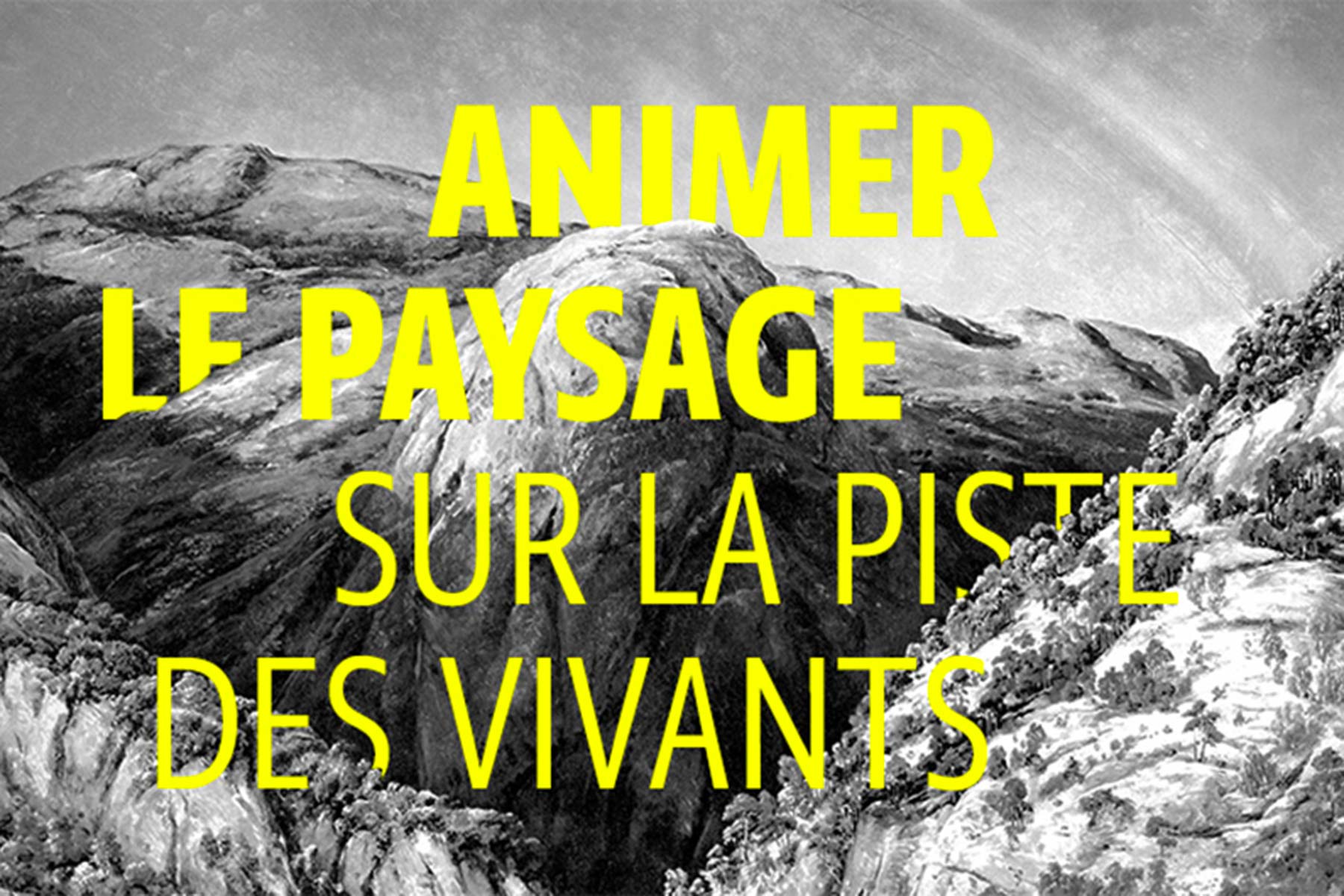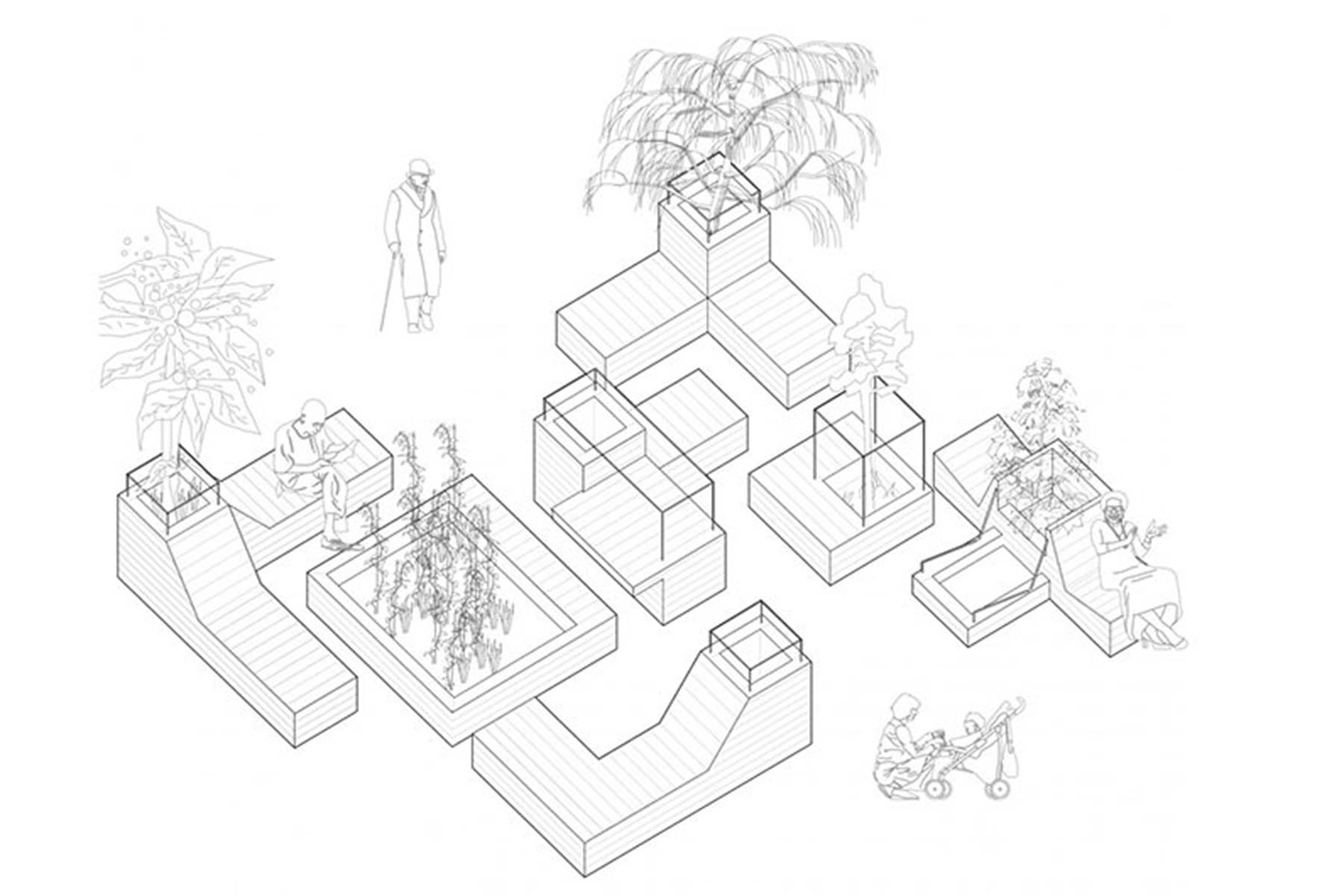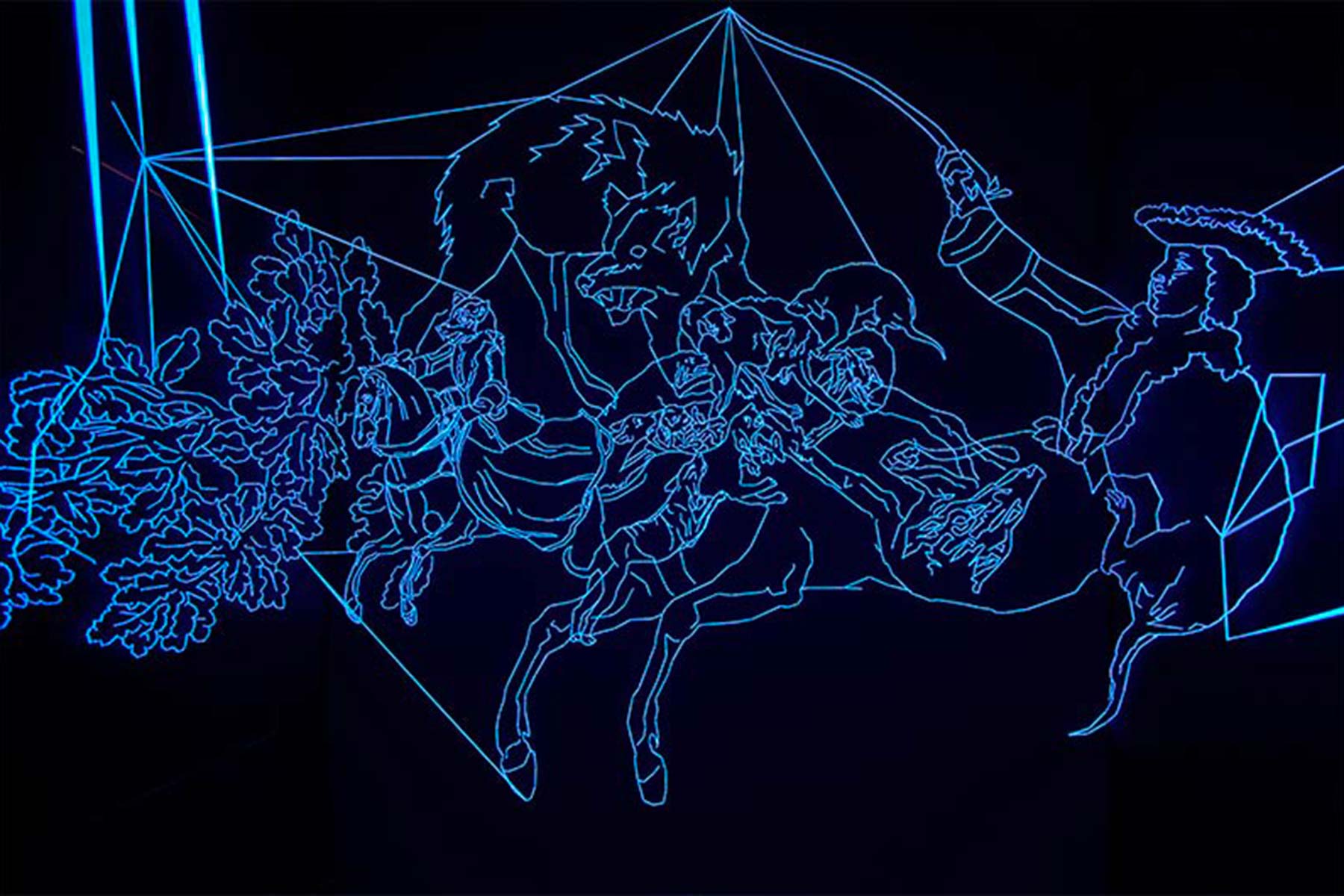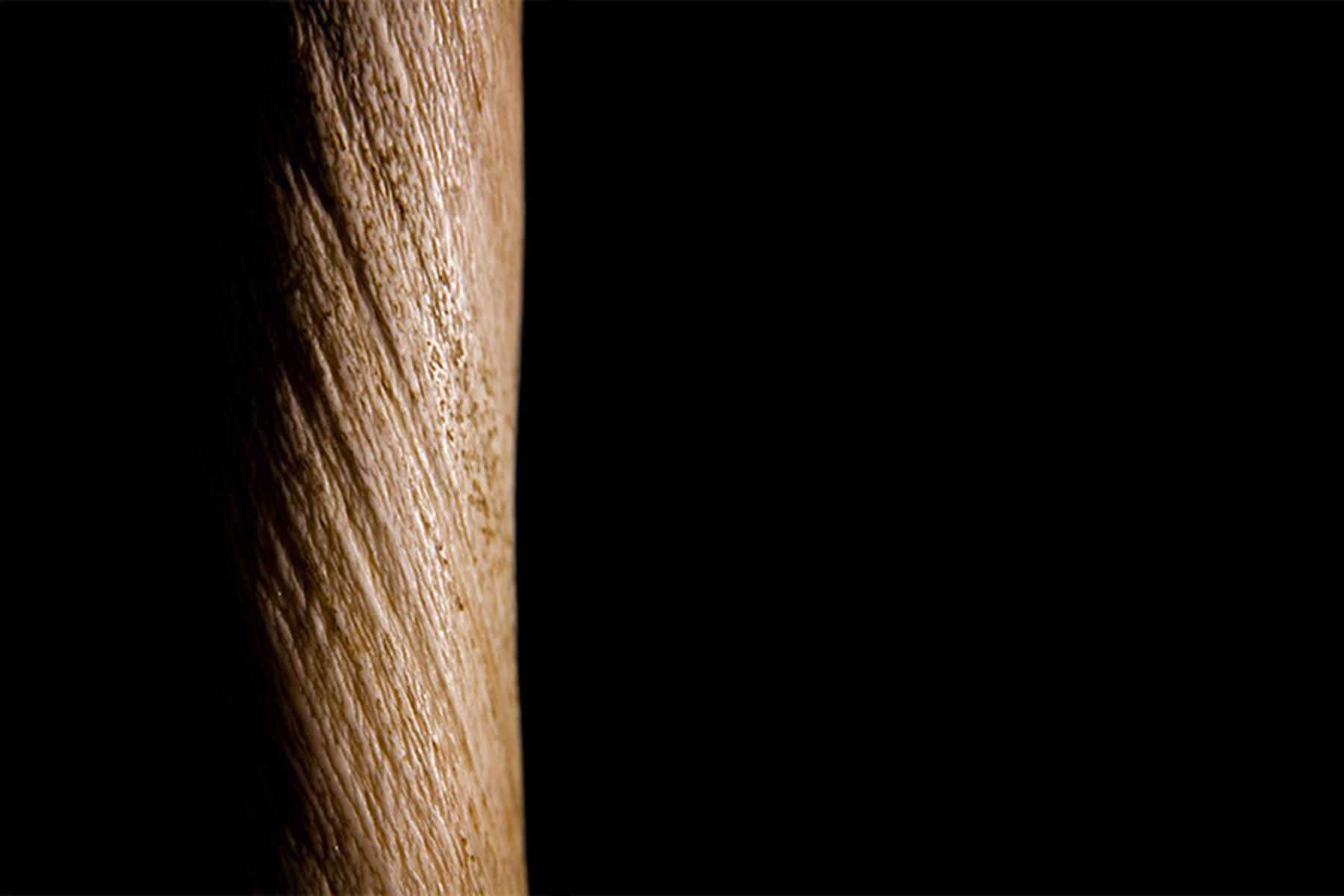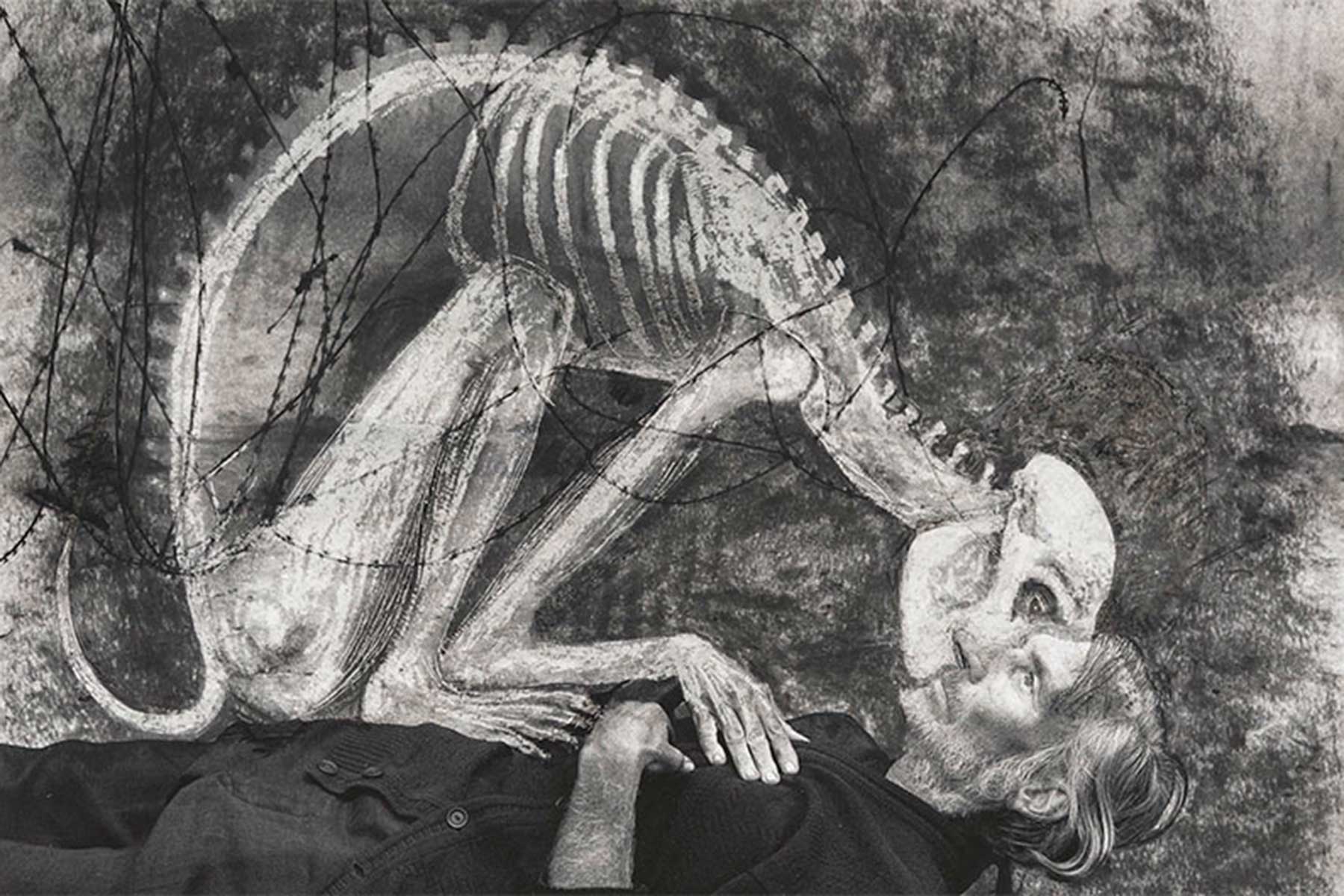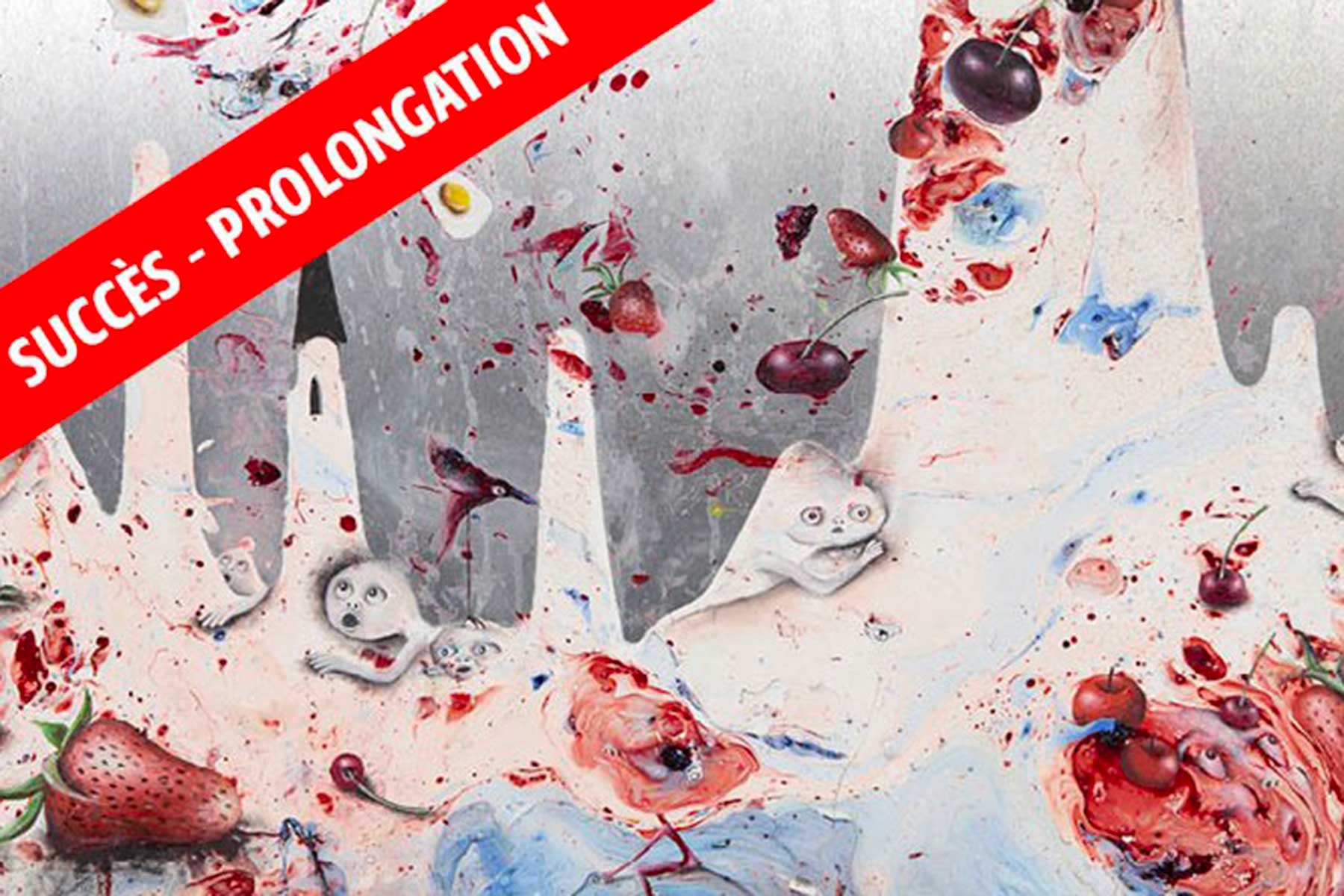from March 7 to June 4 2017
"Lionel Sabatted"
Lionel Sabatted
The Darwinian theory of competition between individuals as the driving force of evolution has been seen as a justification for capitalism and colonialism. In apparent contradiction, the theory of kin selection
developed by the Englishman William Donald Hamilton in 1964, explains the appearance, during evolution, of altruistic behavior between organisms. These instincts would increase with kinship, under the effect of natural selection.
(Automatically translated with Google Translate)
In designing his installation for the courtyard of the Musée de la Chasse et de la Nature, Lionel Sabatté wished to refer explicitly to this theory, from which he borrows the title of his installation. It is composed of three sculptures: a tree, a human figure and a headless animal form the poles of a triangular figure. By establishing a harmonious spatial relationship between these three representatives of nature, Lionel Sabatté wanted to signify their interdependence. The human and animal figures are made of stained concrete. Left partially visible, the metal rods that structure them express movement while giving an impression of vulnerability that arouses our empathy. Conversely, the tree is directly borrowed from nature as a kind of botanical "ready-made". However, its branches are adorned with a strange flowering artificially made of human skins.
Lionel Sabatté, born in Toulouse in 1975 and a graduate of the Beaux-Arts in Paris, has made a name for himself by using all sorts of discarded materials: dust collected on the platforms of the metro, organic debris such as dead skin or nail clippings. He shapes them with virtuosity to make fascinating and repulsive works that question the objectivity of our aesthetic judgment.


